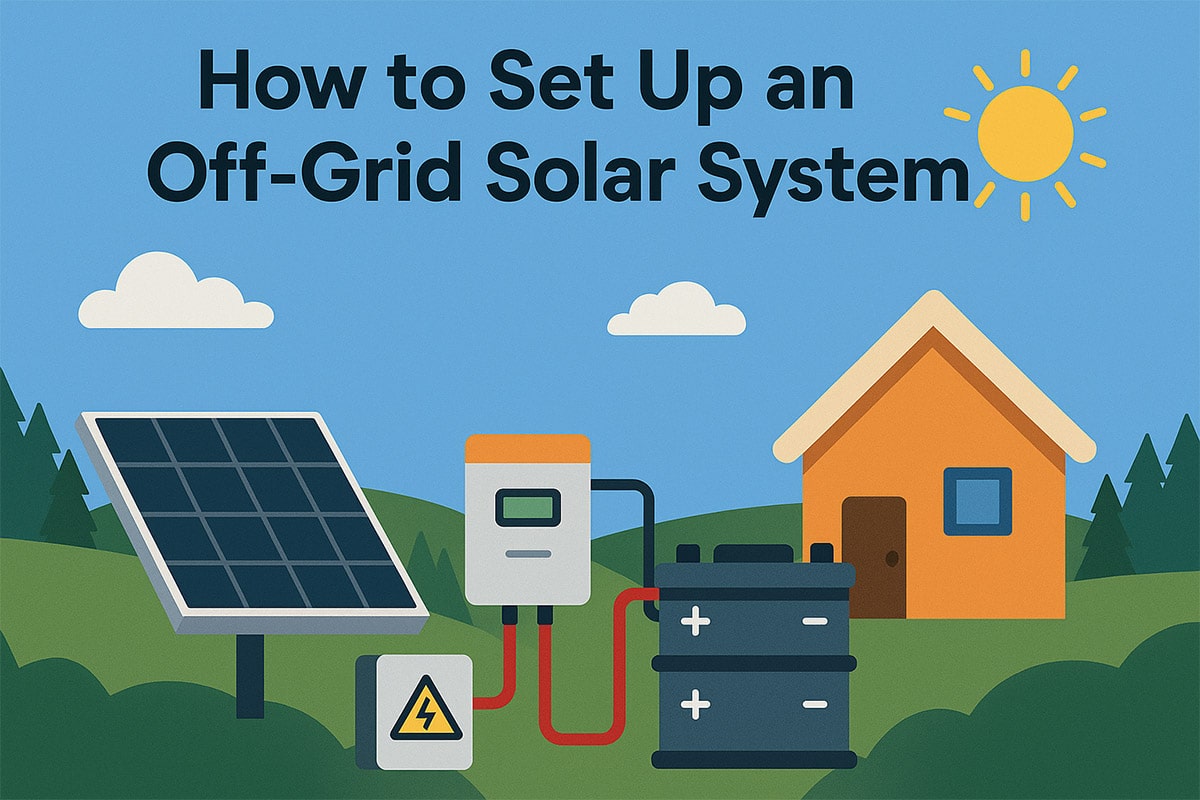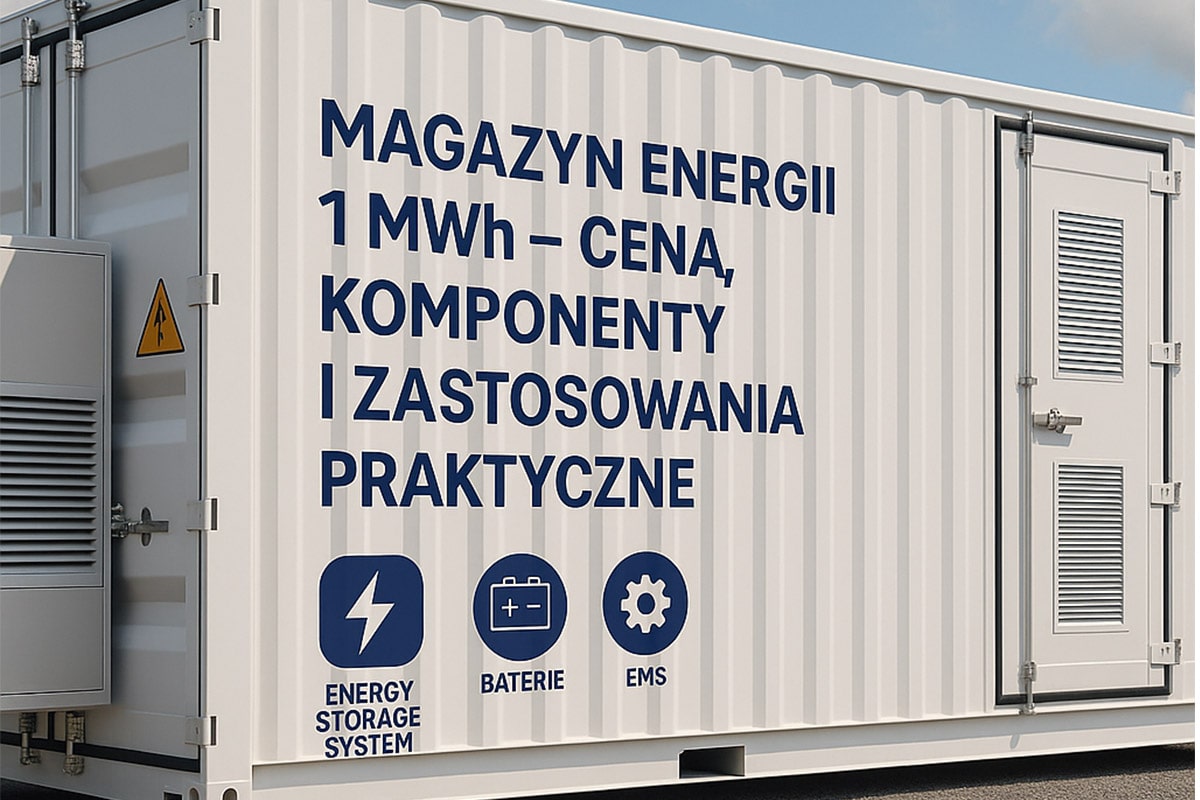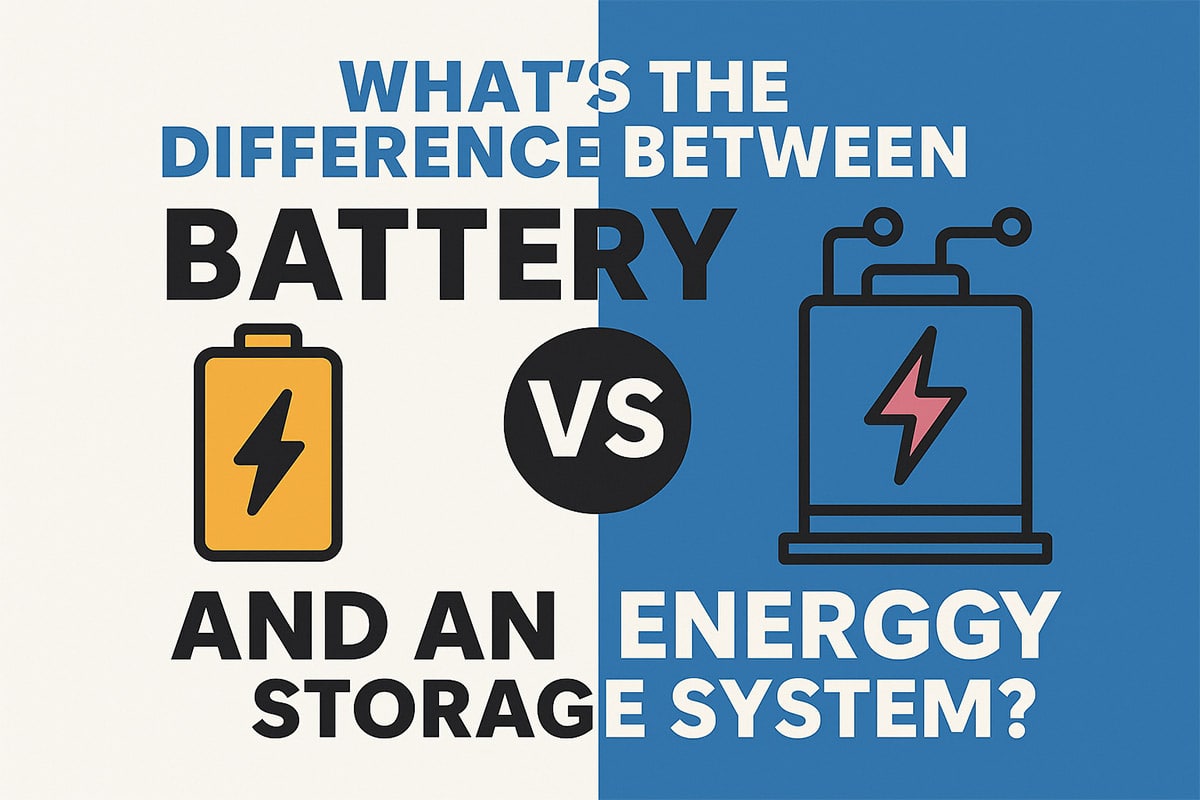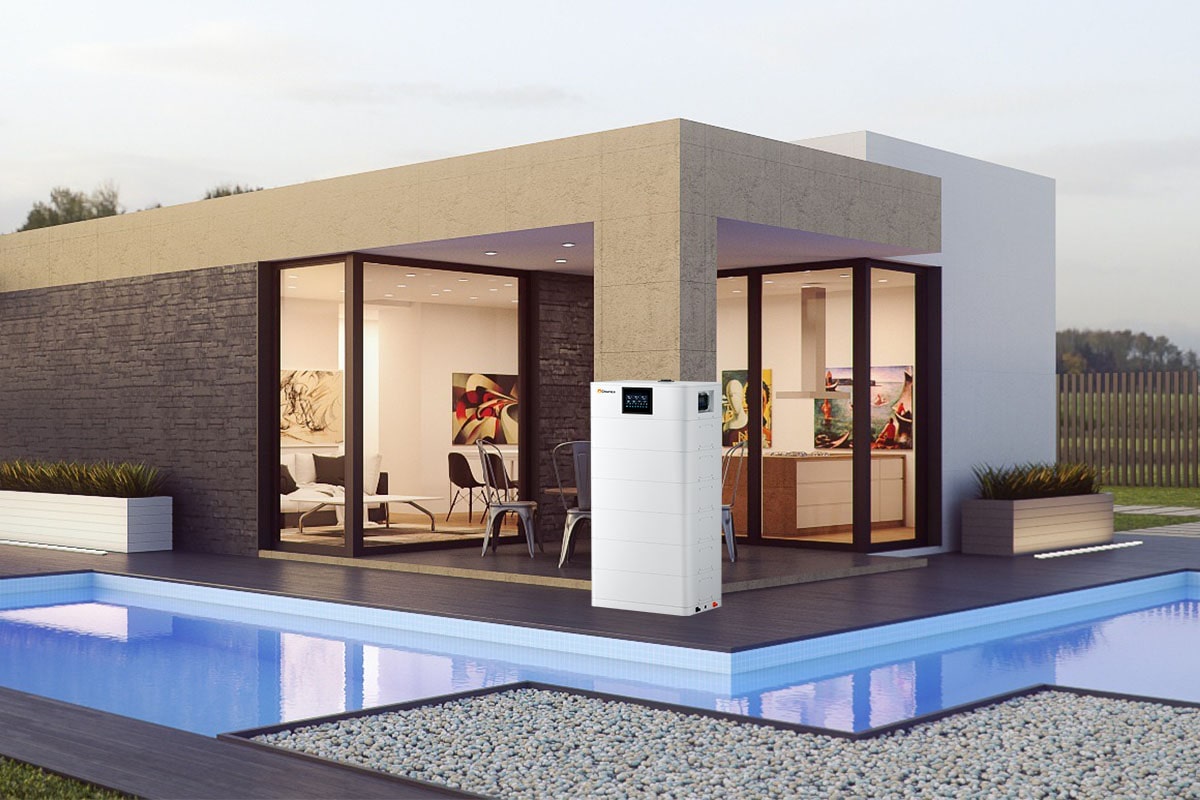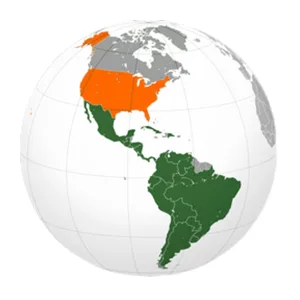Summary of Common Faults and Solutions of Photovoltaic Inverters
Summary of Common Faults and Solutions of Photovoltaic Inverters
The inverter serves as the testing center of the entire power station. The upper part is connected to the DC components and the lower part is connected to the grid-connected equipment. Basically all parameters of the power station can be detected through the inverter. The basic information of the power station provided by the inverter covers: DC voltage, DC current, DC-to-ground insulation resistance, power station DC-to-AC leakage current detection, AC voltage, AC current, AC frequency, and AC phase sequence detection.
Photovoltaic inverter
Generally, as long as the inverter is in the grid-connected state, the power curve displayed by the monitor is a normal “mountain” line, which proves that the power station is running stably. If there is an abnormality, you can check the health status of the supporting equipment of the power station through the information fed back by the inverter. The basic information and processing methods are listed below:
1. Low insulation resistance: Use the method of elimination. Unplug all the strings on the input side of the inverter, and then connect them one by one. Use the function of the inverter to detect insulation resistance when starting up the inverter to detect problem strings. After finding the problem strings, focus on checking whether the DC connector has a water-immersed short-circuit bracket. Or burn the short-circuit bracket. In addition, you can also check whether there are black spots on the edge of the component itself, which causes the component to leak electricity to the ground grid through the frame.
2. Low bus voltage: If it occurs in the early/late hours, it is a normal problem because the inverter is trying to limit the generating conditions. If it occurs during normal daytime, the detection method is still the exclusion method, and the detection method is the same as item 1.
3. Leakage current fault: The root cause of this type of problem is the installation quality problem, which is caused by choosing the wrong installation location and low-quality equipment. There are many fault points: low-quality DC connectors, low-quality components, unqualified installation height of components, low-quality grid-connected equipment or water leakage. Good insulation work solves the problem, if it is a material problem, you can only replace the material.
4. DC overvoltage protection: With the pursuit of high-efficiency process improvement of components, the power level is constantly updated and rising, and the open circuit voltage and operating voltage of components are also rising. The temperature coefficient must be considered in the design stage to avoid overvoltage in low temperature conditions and cause equipment hard damage.
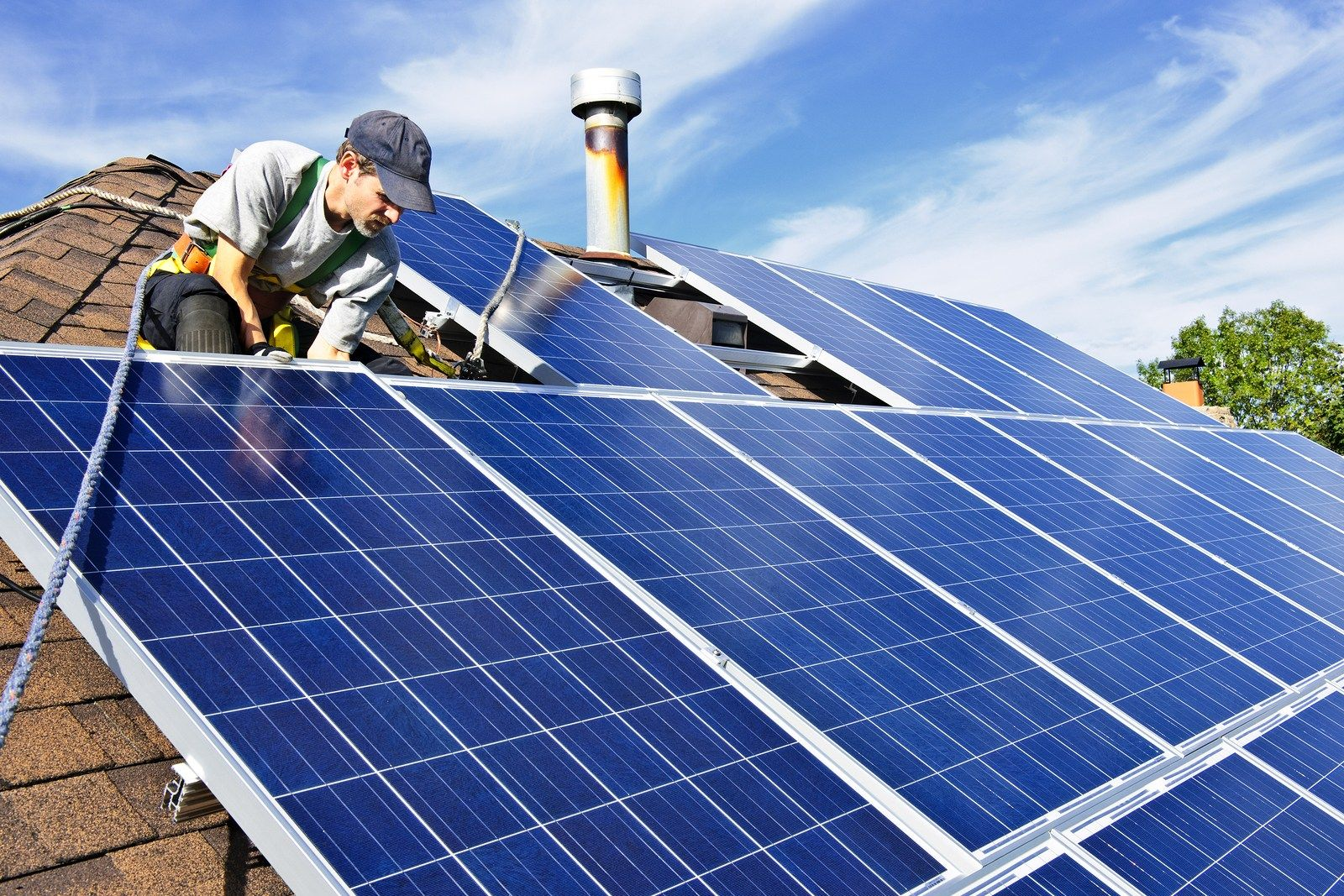
5. The inverter does not respond when starting up: Please ensure that the DC input line is not reversed. Generally, the DC connector has a fool-proof effect, but the crimping terminal does not have a fool-proof effect. Read the inverter manual carefully to ensure that the positive and negative poles are crimped. very important. The inverter has built-in reverse polarity short-circuit protection, and it will start normally after the normal wiring is restored.
6. Grid failure:Power grid overvoltage: The preliminary investigation of heavy load (working hours with high power consumption)/light load (rest time with low power consumption) of the power grid is reflected here. Survey the health of the grid-connected point voltage in advance, and communicate with inverter manufacturers Communicating the grid situation and combining technologies can ensure that the project design is within a reasonable range, and do not take it for granted. Especially in rural power grids, inverters have strict requirements on grid-connected voltage, grid-connected waveform, and grid-connected distance. Most of the grid overvoltage problems are caused by the light-load voltage of the original grid exceeding or approaching the safety protection value. If the grid-connected line is too long or the crimping is not good, the line impedance/inductive reactance is too large, and the power station cannot operate normally and stably. The solution is to find the power supply bureau to coordinate the voltage or choose the right grid connection and strictly control the construction quality of the power station.
Grid undervoltage: This problem is the same as the grid overvoltage treatment method, but if an independent phase voltage is too low, in addition to the incomplete load distribution of the original grid, the power failure or circuit break of the phase grid will also cause this problem. virtual voltage.
Power grid over/under frequency: If such problems occur in the normal power grid, it proves that the health of the power grid is very worrying.
There is no voltage in the power grid: just check the grid-connected line.
Power grid phase loss: Check the phase loss circuit, that is, no voltage line.
(Information reference point, inverter AC parameter monitoring page, the grid-connected inverter outputs current according to the grid waveform, so the AC information shows the health status of the grid, and the DC information is the health information of the components, grid-connected inverter As an integrated device of energy conversion unit and power station detection unit, the heart is well-deserved.)
Three-phase unbalance
The addition of special equipment to the grid-connected line leads to abnormal vibration of the grid-connected line
Ultra-long-distance grid connection, grid clipping and overvoltage phase shift
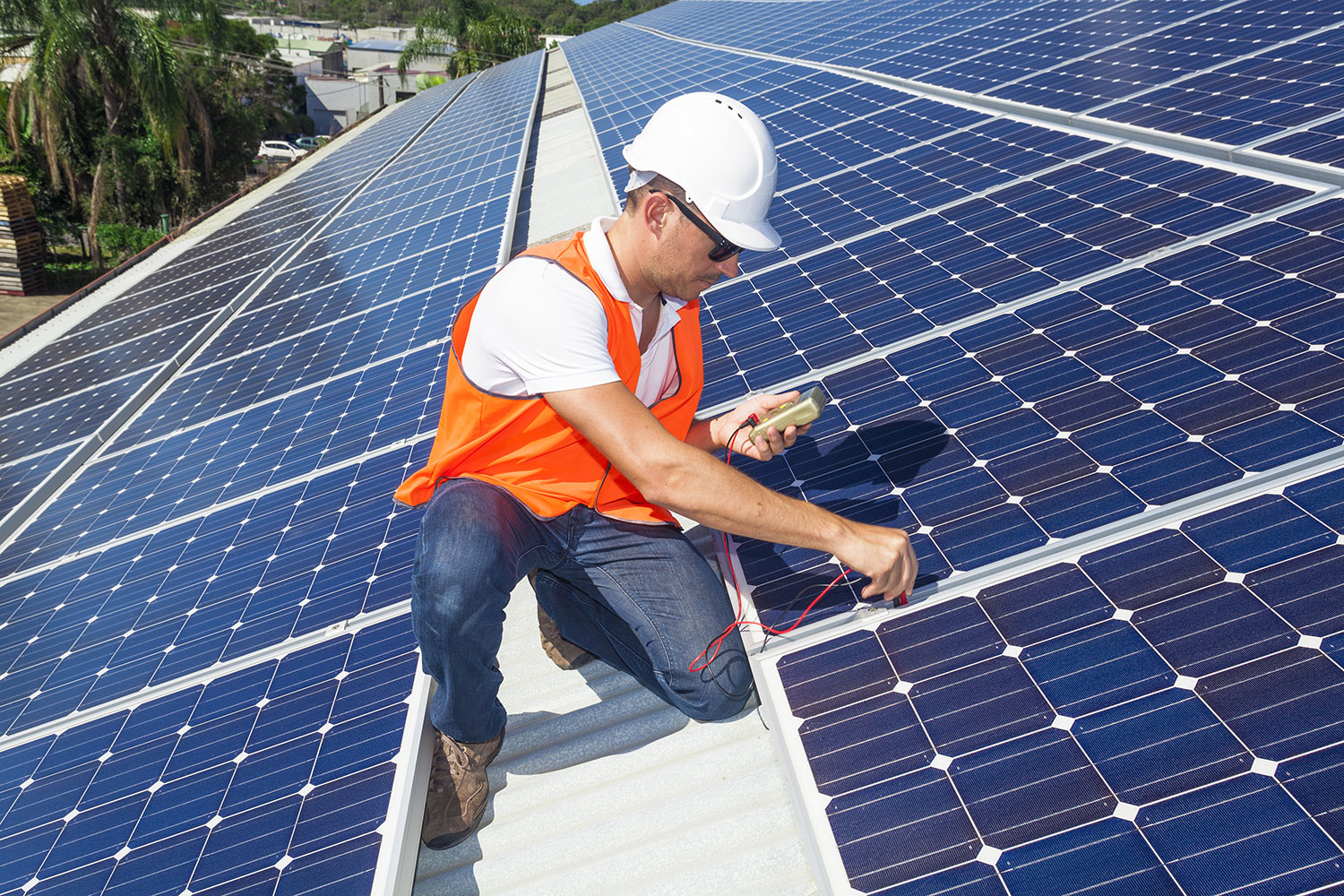
7. The last point—monitoring and splicing: Correctly read the manuals of each equipment, crimp the lines of the models, connect the equipment, and set the communication address and time of the equipment, which is the guarantee for stable and effective communication!
8. Guarantee of power generation: Wipe the board when you have time, and the power generation will rise after a “convex”.
In fact, for a power station, most of the problems are not caused by the inverter itself, but are related to other equipment or installation methods. Therefore, the selection and installation of the early stage also require everyone to pay attention.
The design of inclination and azimuth, the design of component spacing, the selection of installation site, the health check of grid voltage and other preliminary work also determine the performance of the power station operation and power generation in the following 25 years. It can be said that the overall quality of the power station is determined by the materials and installation quality of the power station!
1. Components: Choose A-grade boards, and the judgment is based on price, and reject low-priced and low-quality products, such as bad grid lines.
2. Bracket: choose a corrosion-resistant bracket, and the component should be at least 30cm above the ground, for example…
3. Grounding flat steel: It is very important to correctly design and configure the grounding project according to the size of the system
4. DC terminals: very important materials. Poor quality terminals will often cause overheating and melting due to single-point contact of the terminal core. Terminals with poor waterproofing will cause false short circuits and leakage between terminals and brackets in rainy days. The editor does not post the burning situation, leaving room for imagination.
5. DC cable: Correctly choose the size of the cable model, the design honor should not be too small or too large, generally 1.2-1.5 times. Too small load capacity is not enough, too large terminal crimping is bad. It is forbidden to “catch the thread” casually.
I’m not ashamed to say I’m not obsessive-compulsive.
They are engaged in engineering, technology and photovoltaics
6. Inverter: Choose a high-quality inverter. The installation of the inverter must pay attention to heat dissipation. At present, the inverter is installed outdoors with IP65. It is recommended not to install it in a narrow room, especially for residential customers, to avoid heat dissipation problems and For the problem of equipment running noise, reading the manual correctly is the best choice.
7. AC cable: Correctly choose the size of the cable model, the design honor should not be too small or too large, generally 1.2-1.5 times. Too small load capacity is not enough, too large terminal crimping is bad.
8. Cable tray: A good power station will always have neat wiring. Whether it is a bridge or a simple fixing method, it determines the aesthetics and durability of the power station.
9. AC grid-connected equipment: Avoid cutting corners, correctly select grid-connected switches and lightning protection equipment, and correctly design grid-connected lines to ensure reliable system operation.

